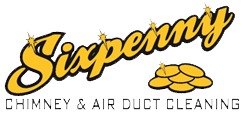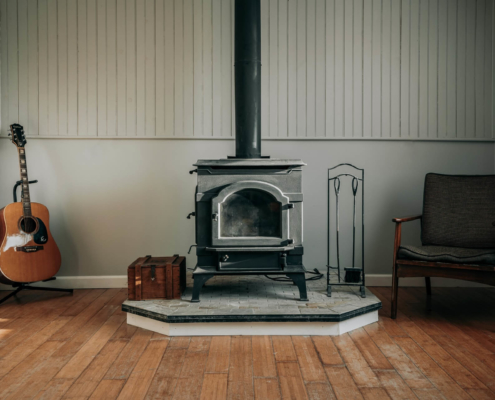
Why It’s Important to Keep Your Furnace Flue Clean
/
0 Comments
Every year many people are harmed from being exposed to deadly…
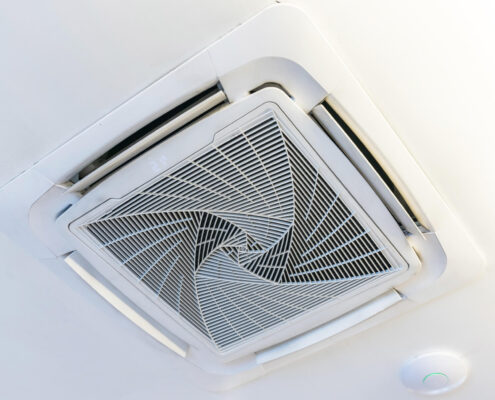
7 Air Duct Cleaning Myths Debunked
Maintaining your HVAC system should be an easy decision. Regular…
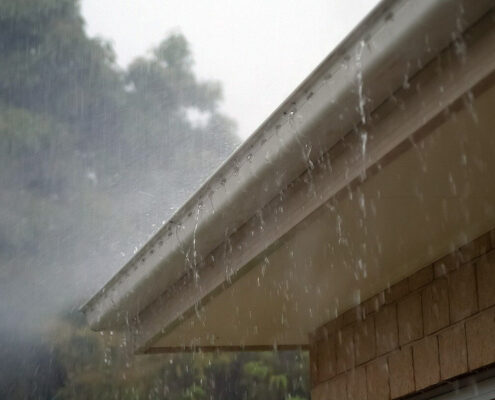
7 Seasonal Maintenance Calls You Should Make Before the Snow Falls this Winter
Get ready for winter by ensuring your home can withstand whatever…
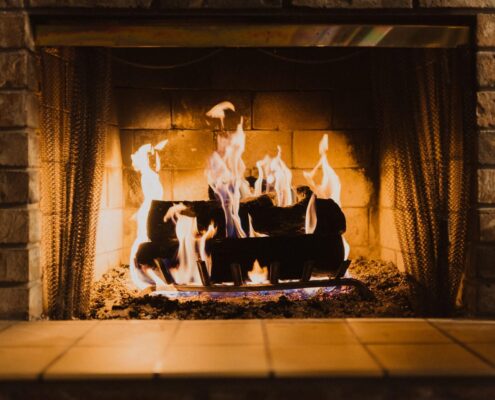
6 Reasons to Avoid Chimney Cleaning Logs & DIY Fireplace Care
When money’s tight, homeowners look for savings, and cooling…
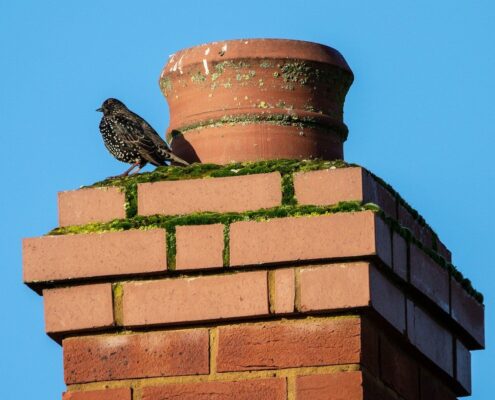
5 Signs Your Chimney Is Due for a Cleaning
As fall colors deepen in Northern Virginia, fireplaces roar back…
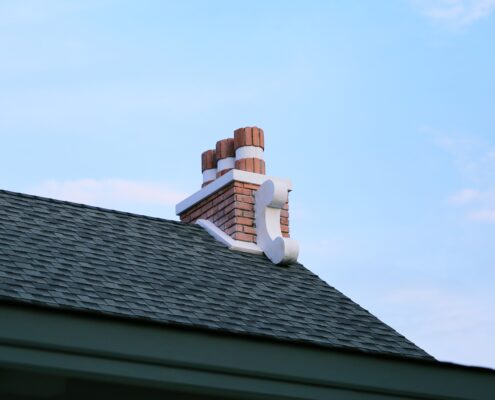
Why You Need to Have a Yearly Chimney Inspection
We get it. As a homeowner, you have a lot of maintenance to do.
It…
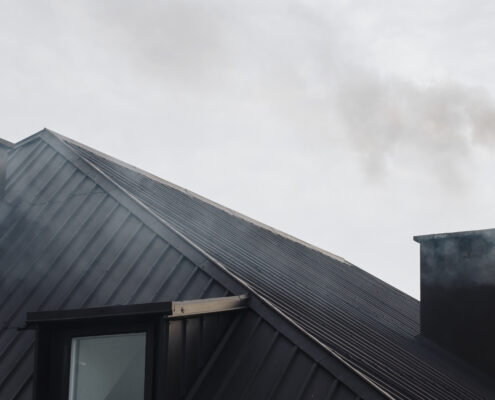
The Dangers Of a Dirty Chimney
According to the Chimney Safety Institute of America, also known…
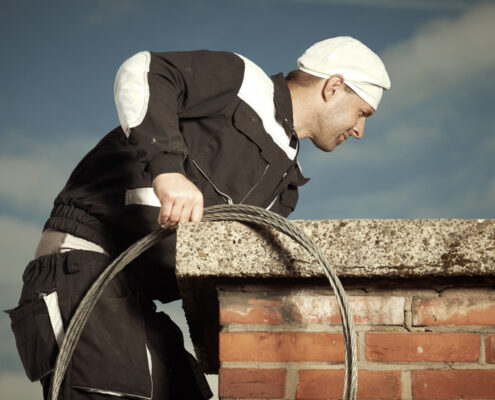
8 Beautiful Reasons to Keep Your Chimney Clean
The chimney is one of the most overlooked places in the house when it comes to cleanliness. Here are great reasons to keep your chimney clean.
